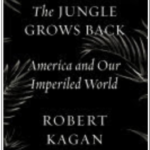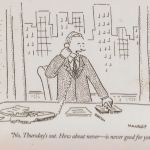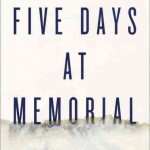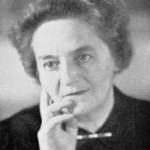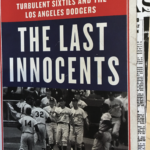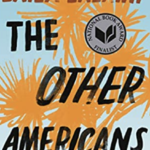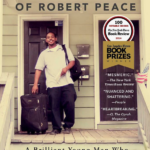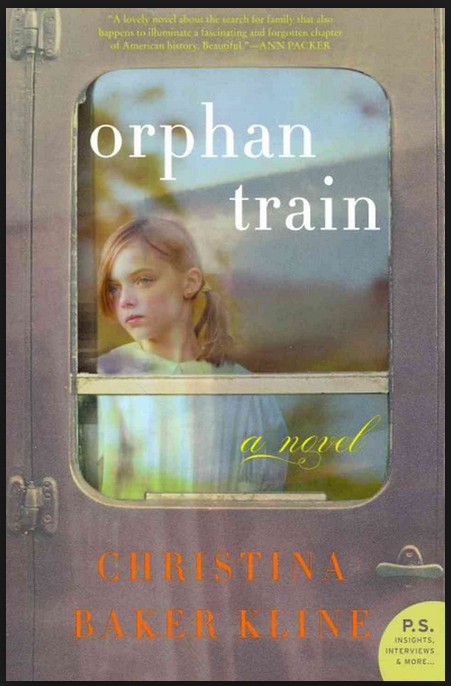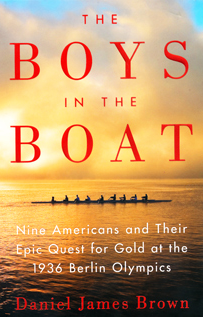The Rosie Project by Graeme Simsion
The Rosie Project by Graeme Simsion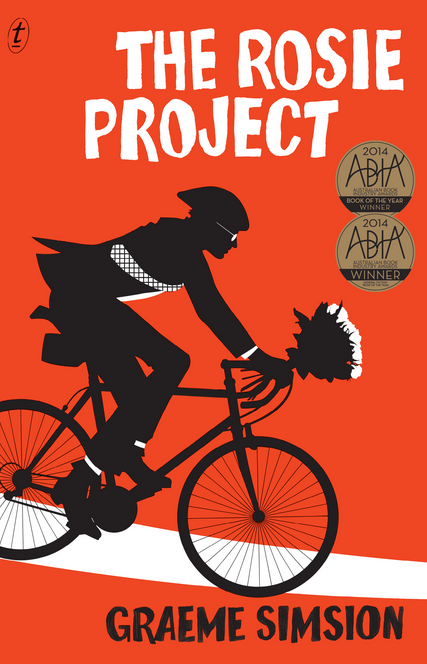
Dr. Don Tillman is a professor of genetics in Australia where the book is set. It is his voice that tells the story. It does not take long to realize that it is probably the voice of a person with Asperger’s Syndrome. Don, while obviously quite brilliant, lacks the ability to socialize and empathize with other people. At least so it seems. His only real friends are Gene, a faculty member in the Psychology Department and his wife, Claudia, who is a clinical psychologist. They have an open marriage as Gene attempts to have sex with a wide variety of women from all over the world (putting pins in a map marking each conquest). Gene and Claudia are loyal friends of Don and do their best to advise him how to get along with people.
Don undertakes two projects, which allows the reader to learn about how he thinks as well as getting some insight into human nature. The first is The Wife Project. For this, Don makes a questionnaire of all the characteristics he believes he would want in a wife. With the help of Gene, he is able to distribute this questionnaire to a wide variety of women. Factors that are evaluated are things such as smoking, drinking, eating habits, body mass index (BMI) and many others. No one really measures up to score very high in this questionnaire in Don’s quest to meet his life partner. Don does meet Rosie through Gene, who although she does not meet the criteria set out in the questionnaire but with whom he does develop a friendly relationship. Rosie was initially believed by Don to be a bartender but turns out to be a PhD student working in a bar to earn extra money.
It is with Rosie that he develops a second project known as The Father’s Project. It seems that Rosie was unhappy with the man who was known to be her stepfather because he did not deliver on his promises including a childhood hope to go to Disneyland. Her mother died when Rosie was a young girl and things that her mother told her before she died gave her reason to believe that her biological father was actually someone in her mother’s medical school graduating class and had impregnated her at the time of a reunion celebration. There was a picture of all the attendees at this celebration and Rosie and Don embarked upon The Father’s Project where they attempted to track down all these men and surreptitiously obtain samples for DNA analysis, which Don as a genetics professor could do in his laboratory.
Readers of this book blog as well as my psychiatry blog and movie blog would have noted that I have written about the not so uncommon quest to connect with an unknown biological relative, after many years and sometimes a lifetime of no contact with them and no knowledge who that person may be. ( see psychiatry blog about this subject ) This theme also shows up in movies ( see movie blog about this subject which will links to several movies ) and books as well as this one and in clinical cases as illustrated in my psychiatry blog. As Don and Rosie team up with The Father’s Project, we appreciate how Don intensifies an interest with Rosie. He begins to question many of his assumptions about relationships and his own feeling.
No matter how well a person may fit, the diagnostic criteria for an entity whether it be a narcissistic personality, bipolar disorder, major depression, Asperger’s syndrome or any other entity, there are human qualities that affect the ability for everyone to care for another person, fall in love and have an ability to change. This interesting delightful and enlightening story clearly makes this point.
I understand there is a sequel book by this author, titled The Rosie Effect as well as a movie currently being made. If you like this book as I did, you probably will want to check these out.

